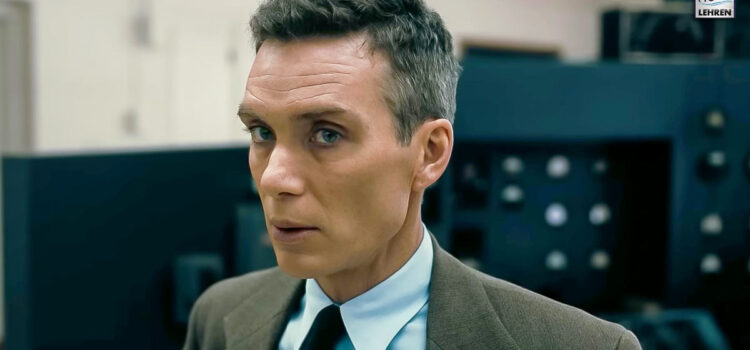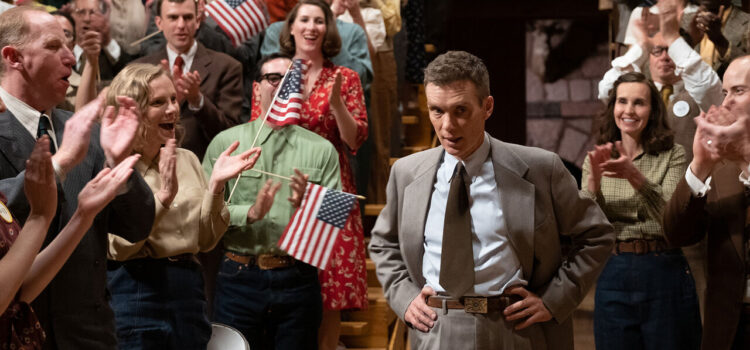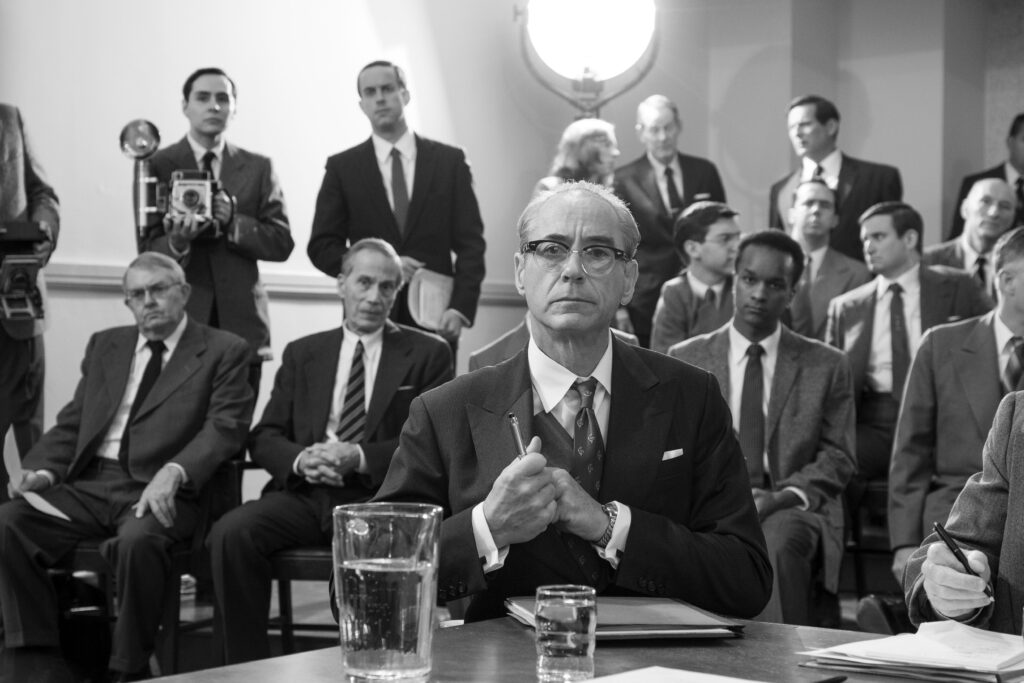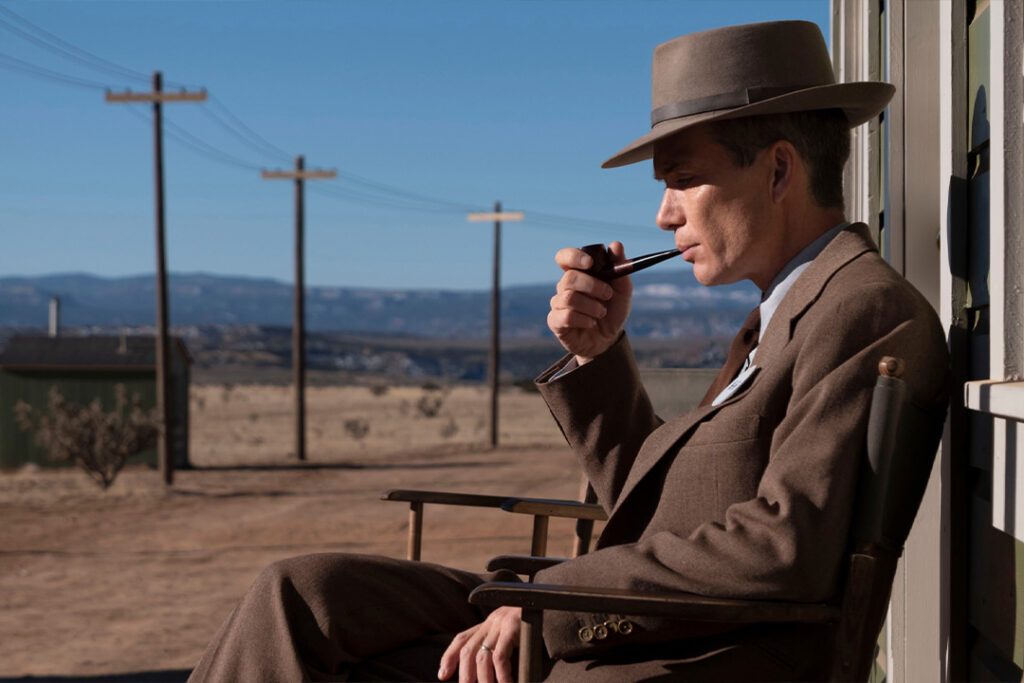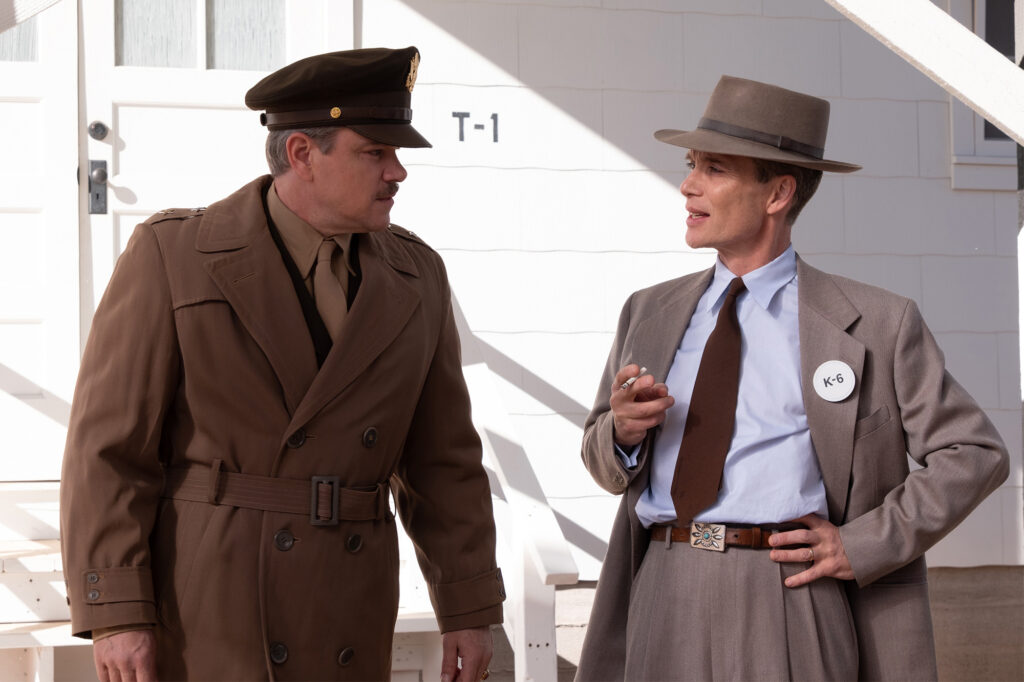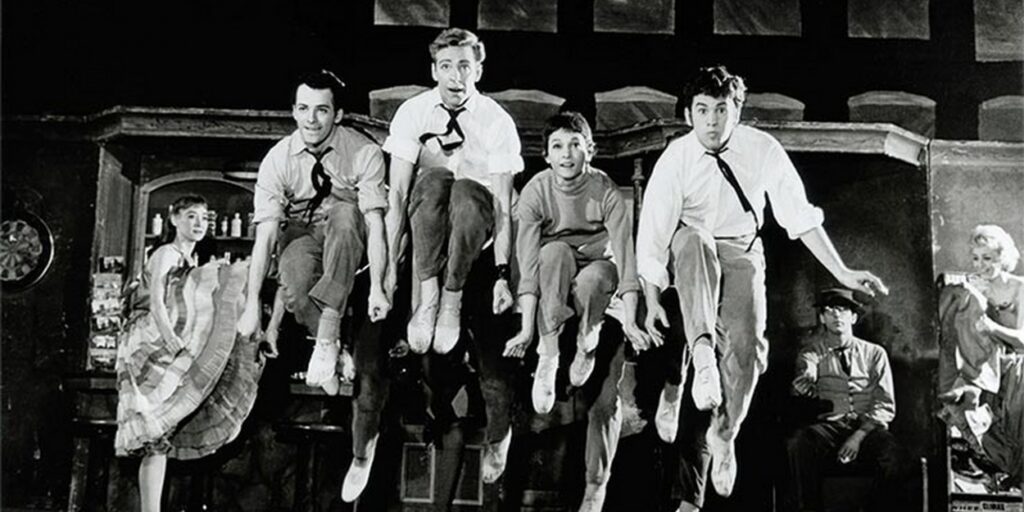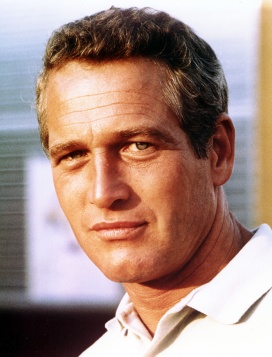By Alex McPherson
An immersive cinematic experience that isn’t quite as profound as it thinks it is, Christopher Nolan’s “Oppenheimer” is thrilling and overwhelming.
The film, based on the biography American Prometheus: The Triumph and Tragedy of J. Robert Oppenheimer by Kai Bird and Martin J. Sherwin, centers around the titular Oppenheimer (Cillian Murphy), the infamous, enigmatic, and enterprising physicist who led the secret weapons laboratory of the Manhattan Project in the creation of the atomic bombs dropped on Hiroshima and Nagasaki.
The bombs were believed to have ended World War II, but left unimaginable devastation in their wake: they released a monster that threatens to destroy humanity to this day. In typical Nolan fashion, “Oppenheimer” unfolds non-chronologically in dual timelines, spliced together non-sequentially, each playing with color schemes, aspect ratios, and perspectives.
One, presented in color and labeled “fission,” takes place from Oppenheimer’s perspective and follows a 1954 security hearing in which Oppenheimer’s clearance is being questioned by a kangaroo court of politicians wanting to strip him of power due to his opposition to the H-Bomb program and his past leftist associations.
Flashbacks chart Oppenheimer’s career from an unruly yet “brilliant” student at Cambridge who has fiery, apocalyptic visions to his tenure as a popular professor at Berkeley; his tumultuous romantic life; his eventual recruitment as head of the weapons laboratory of the Manhattan Project, and the Trinity bomb test; and the grim aftermath of the bombs being dropped in Japan.
The other framing device, labeled “fusion,” is presented in black-and-white and focuses on the 1958 confirmation hearings for Commerce Secretary Lewis Strauss (Robert Downey Jr.), former head of the Atomic Energy Commission and admirer-turned-bitter rival of Oppenheimer. Strauss’s past associations with Oppenheimer are questioned, and viewers observe the systemic and personal motivations that turned Oppenheimer’s country against him.
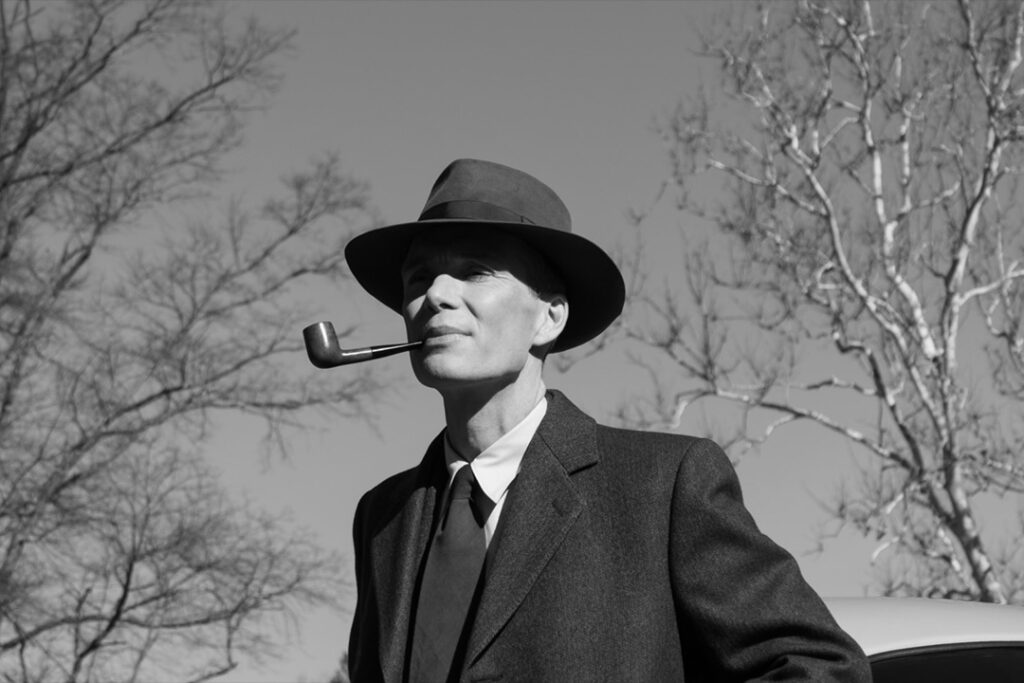
Nolan’s weaving together of time periods emphasizes a cyclical, pessimistic view of humankind and covers as much thematic ground as possible — far more (for better or worse) than a traditional biopic. In its fatalistic structure forever linking cause and effect, thought and execution, ego and ruin, “Oppenheimer” is ultimately a cautionary tale about invention and heroism, the perilous nature of advancement in pursuit of exceptionalism, the sacrifice of morality for power, and the perilous nature of science (and the public’s reaction to science) when it serves or doesn’t serve them.
Meaningful themes, for sure, but ones most of us have seen played out time and time again in media and our current political hellscape.
Anchored by excellent performances and Nolan’s bombastic, unrelenting direction, “Oppenheimer” is always engaging to watch on a purely technical and sensory level, if lacking the soul that creates a lasting impression. Indeed, the film’s three-hour barrage of information, characters, and stylistic showmanship lessens its intimacy. Nolan’s storytelling is too focused on being ambitious rather than letting us sit and reflect, disappointingly distant when it should be enveloping, rendering “Oppenheimer” more satisfying on an intellectual than emotional level.
Murphy, in his first time headlining a Nolan production, is captivating and mysterious. Cinematographer Hoyte van Hoytema’s camera — capturing the halls of academia, sun-swept Los Alamos, and claustrophobic bureaucratic corridors in crisp detail, involving cinema’s first use of IMAX black-and-white analogue photography, enhanced by sterling production design and costuming — absolutely adores his peculiar facial structure, letting us observe this charismatic, arrogant, naive man become hollowed out by his own brilliance. Murphy is expressive yet measured, reflecting Oppenheimer’s contradictions.
Oppenheimer frequently seems pulled between various extremes, rarely committing himself to one point of view. He’s interested in leftist philosophies without ever fully aligning himself with them, he has difficulty navigating a turbulent love life with his alcoholic wife, Kitty (Emily Blunt, underused yet getting one crowd-pleasing moment near the end), and his troubled mistress, Jean Tatlock (Florence Pugh, also underused), while being simultaneously drawn towards and petrified by his own genius. Nolan depicts him as neither hero nor villain, but something in between, with Murphy commanding the screen with empathetic, tortured unknowability.

Downey Jr., able to stretch his actorly wings in a role separated from his usual Tony Stark persona, also excels portraying Strauss, a power-hungry politician willing to throw his peers under the bus to come out on top. While Nolan’s zinger-heavy screenplay paints Strauss rather simplistically compared to Oppenheimer — there isn’t much ambiguity left regarding Strauss’s arc by the end, it’s a persona that, though based in truth, we’ve seen before — Downey Jr. lends power and malevolent dignity nevertheless.
Matt Damon, as Leslie Groves, the Army officer who recruits Oppenheimer to lead the Los Alamos laboratory, provides most of the film’s comedic relief in his plain-spoken, nationalistic differences with Oppenheimer, and the rest of the stacked ensemble — featuring such (perhaps overly) recognizable faces as Rami Malek, Benny Safdie, Alden Ehrenreich, Jason Clarke, Casey Affleck, Kenneth Branagh, and Gary Oldman, among dozens of others, including Tom Conti as Albert Einstein — delivers the goods, some only with one or two scenes.
Nolan’s directing is typically strong, of course, with a booming score by Ludwig Göransson that keeps tension taut throughout, and bone-rattling sound design that effectively puts us in Oppenheimer’s fractured headspace. The Trinity bomb-test sequence, as previously mentioned, is almost unbearably suspenseful — the hellish plume of fire folding around itself in silence before surging with ear-shattering noise (thank god for earplugs), while Oppenheimer utters “Now I Am Become Death, the Destroyer of Worlds.”
Some expressionistic touches (like Oppenheimer being stripped naked as his interrogators discuss his romantic past) are difficult to take seriously, and dialogue veers heavily between overly expository and Aaron-Sorkin-lite, but “Oppenheimer” still bears the mark of one of cinema’s greatest directors.
It’s unfortunate that Nolan isn’t able to merge these various elements into a truly impactful whole. With so much ground to cover, the film only sometimes pauses to let us sit and reflect with the characters. Jennifer Lame’s precisely propulsive editing zips us along like we’re watching a montage. I can’t help but feel that a more traditional telling of Oppenheimer’s story, taking place entirely from his perspective without jumping timelines and points-of-view, would have a more organic evolution of his dreams and struggles.
As it stands, there’s much to think about, but little that tugs at the heart save for a few brilliantly directed sequences of Oppenheimer’s guilt visualized, the aforementioned bomb-test, and a sobering gut-punch of an ending. Perhaps a rewatch will prove otherwise, but qualms aside, “Oppenheimer” is quite a beast of a film, if one that’s not as effective or groundbreaking as it’s being heralded to be.
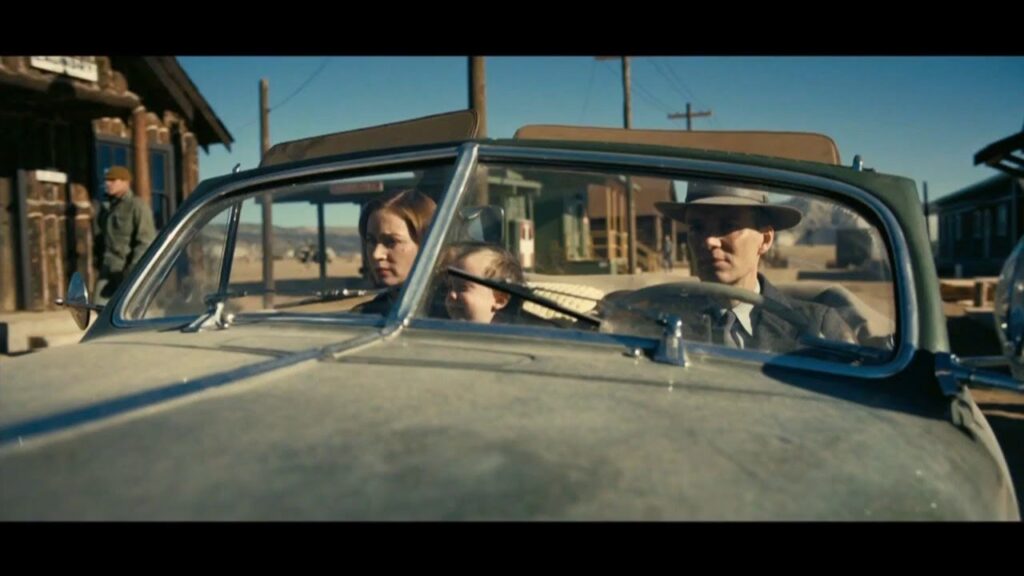
“Oppenheimer” is a 2023 drama-thriller-biography written and directed by Christopher Nolan and starring Cillian Murphy, Emily Blunt, Matt Damon, Robert Downey Jr., and Florence Pugh. It is Rated R for some nudity, sexuality and language and runs 3 hours. It opens in theaters on July 21. Alex’s Grade: B+
Note: this review was written during the 2023 WGA and SAG-AFTRA strikes. Without the labor of the writers and actors currently on strike, the movie being covered here wouldn’t exist.
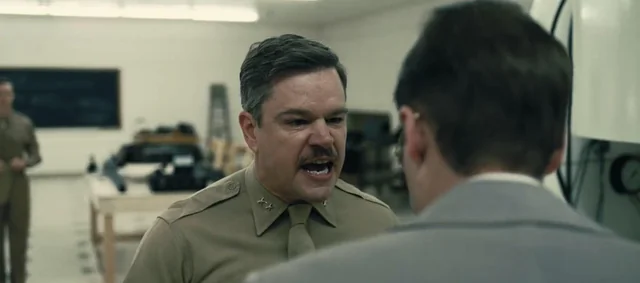
Alex McPherson is an unabashed pop culture nerd and a member of the St. Louis Film Critics Association.

